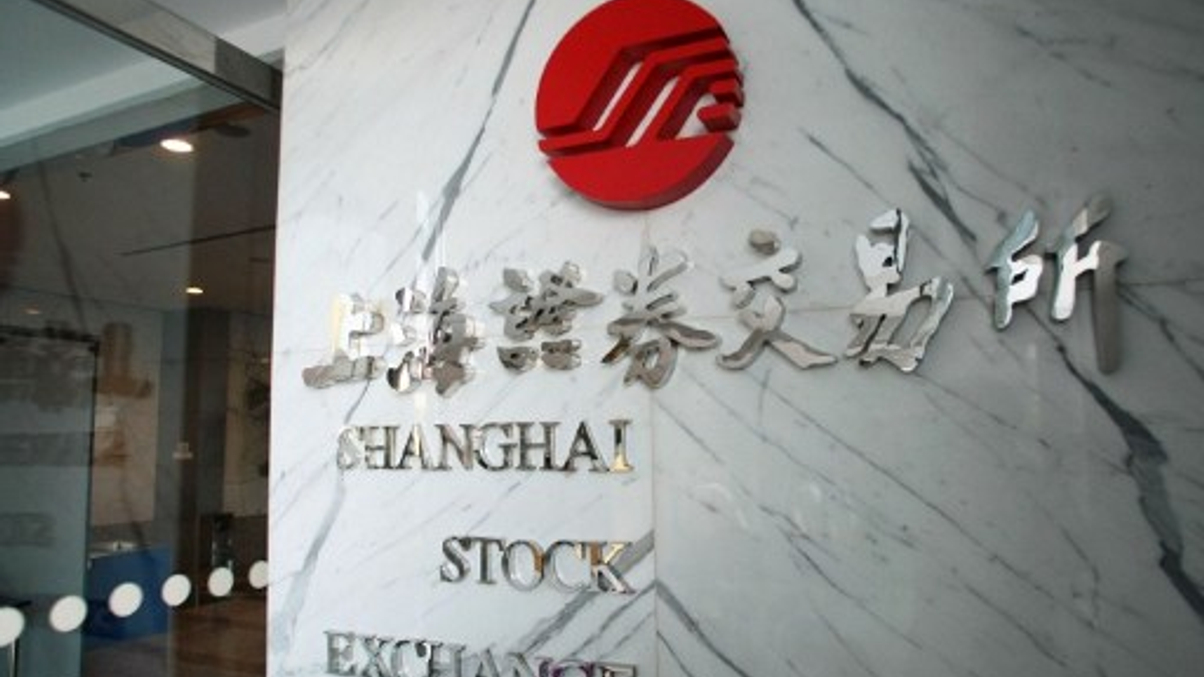Managers fail to embrace sec-financing in China
A pilot securities borrowing scheme has met a lukewarm response despite the establishment of a central counterparty. Complexity in posting assets as collateral is seen as unhelpful.

Asset managers have failed to embrace securities borrowing in China despite the establishment of a central counterparty, with complexity in posting assets as collateral cited as not conducive to market development.
Sign In to Your Account
Access Exclusive AsianInvestor Content!
Please sign in to your subscription to unlock full access to our premium AI resources.
Free Registration & 7-Day Trial
Register now to enjoy a 7-day free trial—no registration fees required. Click the link to get started.
Note: This free trial is a one-time offer.
¬ Haymarket Media Limited. All rights reserved.


